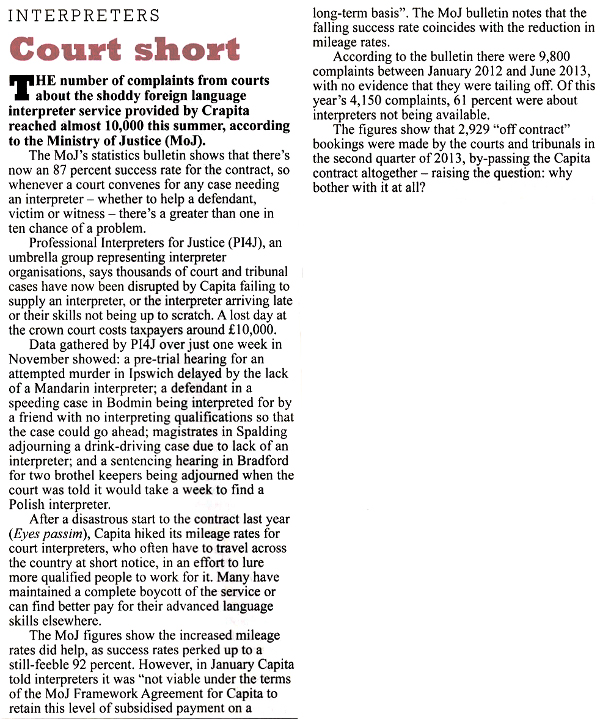An open source framework for the “internet of things”
Today’s Le Monde Informatique reports that the AllSeen Alliance, an umbrella group for major consumer electronics manufacturers, is working on an open source framework with which it will be possible to connect almost anything to the internet.
Household electrical goods, cars and computers could soon communicate with each other thanks to an open source framework developed by the AllSeen Alliance with the support of the Linux Foundation. This group of major consumer electronics manufacturers includes Cisco, D-Link, Haier, LG Electronics, Qualcomm, Panasonic and Sharp. According to the Linux Foundation, “the framework, originally developed by Qualcomm under the name of the AllJoyn Project, will enable different systems to see each other, to connect and to interact transparently, irrespective of their manufacturer or the operating system they use”. Members of the alliance will contribute to the framework by providing engineering resources and software resources to enable developers, manufacturers and suppliers to provide interoperable services and devices. “Qualcomm has contributed to the AllJoyn code under the aegis of the AllSeen Alliance. This will hold the copyright, offering the project a broader reach,” said Jim Zemlin, Executive Director of the Linux Foundation. “The open source community can also contribute to this code,” he added.

The framework runs on Linux, Android, iOS, Windows and other OS variants involved. “Developers can download the code already and find details of APIs using the reference source allseenalliance.org and start working,” the Foundation announced. “Once APIs comprising an interoperability layer are supplied to the open source community, it will be possible to graft all sorts of services onto them,” Zemlin stated in an email. For example, the framework could enable users to play music easily because there are various wireless loudspeakers nearby. “Today this would be difficult because the majority of consumers have audio systems from different manufacturers, they store their music on various media and use different cloud storage services,” Zemlin explained. “This framework will therefore enable easy playing of music on compatible loudspeakers near these sources,” he added. “Engineers are already at work writing this code and implementing it in existing products. We are expecting several announcements of this type at the next CES (7th -10th January 2014), ” he stated.
A truly universal framework
The framework could also be used to enable a domestic electrical system to turn of a home’s heating system when the house is empty and thus contribute to reducing household energy bills. “Such a system could be adapted to different scenarios; for example, to put household equipment on standby when its occupants are out and turn them on gradually before their return,” Zemlin declared. “The same system could enable the family car to be detected when it’s a mile away, switch on the lights and start up the heating or even open the garage door automatically when the car is approaching,” he added. “All these communications could work with existing transmission technologies – wifi, Bluetooth – and future ones, such as those based on radio waves,” Zemlin also stated.
The AllSeen Alliance is the Linux Foundation’s 11th collaborative project. “As companies create more products integrating this code, the developer community devoting time to extending and improving this code will grow, just like what happened with other projects based on Linux or OpenStack,” Zemlin stated.

 Italian regional health organisation
Italian regional health organisation 



 Joinup, the EU’s open source public sector news website,
Joinup, the EU’s open source public sector news website, 

